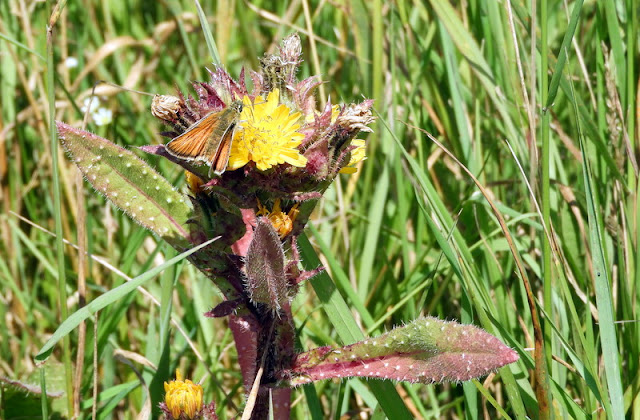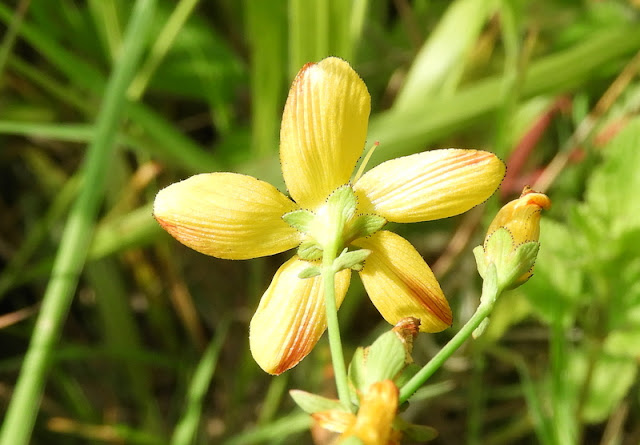Grey Arches
Today's post is a selection of mostly very common moths from the past couple of nights, and some flowers that I'd really appreciate some help with if possible. I like to learn about wildlife by just going out and exploring with the camera, but I've not yet got a decent field guide so progress is painfully slow.
The only birds noted today were four Crossbill on Bicton Common. Otherwise tonnes of Marbled Whites on Orcombe and the Maer, and several Silver-washed Fritillary on the commons.
Ox-tongue Conch Cochylis molliculana
Poplar Grey
Heather Knot-horn Pempelia palumbella - seen these on the commons but think this is a garden first.
Diamond-back Moth - only the one but at least one other on the commons along with several Silver Y, so some immigration in progress.
Grey Pug - dull name but a stunning moth when fresh.
Common Marble Celypha lacunana
Privet Tortrix Clepsis consimilana
Buff Arches
Cocksfoot Moth Glyphipterix simpliciela athough I'm not entirely sure I can rule out G. schoenicolella.
Small Skipper on what I think is Bristly Ox-tongue.
Grass Emerald
Dusky Brocade - the really pale, contrasting form that I don't usually see. It bares a striking similarity to Light Brocade.
White Water Lily - Bystock
Yellow Water Lily and Azure Damselfly - Bystock.
Ground Ivy - many thanks to Gibster for confirmation and for identifying many of the plants in the photos below.
Wild Strawberry
Slender St John's Wort - underside. I think I've got this right but please correct me if I'm wrong - note the orange colouration on the underside of the petals and the black dots along the edges of the sepals and petals.
Slender St John's Wort - heart-shaped leaves clasping round stem.
Slender St John's Wort
Cotton Grass species (with Bog Asphodel and Star Sedge) - this and all the species below were in the boggy areas on Bicton Common.
Tormentil
Pale Bladderwort
Pale Bladderwort
Heath Milkwort



























Hiya bud, regards your mystery plants. Top pic shows a cottongrass, but there are several species in Britain. Also a few spikes of Bog Asphodel and what looks like some Star Sedge (far right) in there too. Next is Tormentil. Next two are Pale Bladderwort (nice plant that, carnivorous in fact!) and the last is a Milkwort, probably Heath Milkwort judging by the habitat you were in. Excellent pics, now you just need a field guide to sort them out ;) BTW - Ground Ivy is correct too.
ReplyDeleteHi - that's brilliant - thank you very much! Shows how far I have to go - thought the Pale Bladderworts were two different species! I've found out online that both Common and Heath Milkworts are on the heaths but they can be told apart by the leaves so will check next time I'm up there. I'm guessing I got the St John's Wort correct - again I'm only going on what I've seen online. Thanks again for your help - it's very much appreciated. All the best. Matt
ReplyDelete